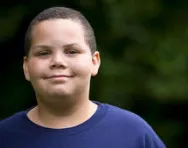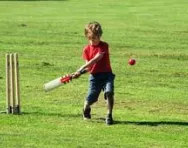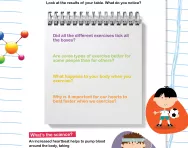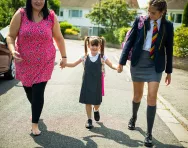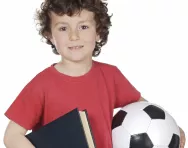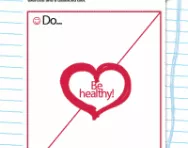TheSchoolRun.com closure date
As we informed you a few months ago, TheSchoolRun has had to make the difficult decision to close due to financial pressures and the company has now ceased trading. We had hoped to keep our content available through a partnership with another educational provider, but this provider has since withdrawn from the agreement.
As a result, we now have to permanently close TheSchoolRun.com. However, to give subscribers time to download any content they’d like to keep, we will keep the website open until 31st July 2025. After this date, the site will be taken down and there will be no further access to any resources. We strongly encourage you to download and save any resources you think you may want to use in the future.
In particular, we suggest downloading:
- Learning packs
- All the worksheets from the 11+ programme, if you are following this with your child
- Complete Learning Journey programmes (the packs below include all 40 worksheets for each programme)
You should already have received 16 primary school eBooks (worth £108.84) to download and keep. If you haven’t received these, please contact us at [email protected] before 31st July 2025, and we will send them to you.
We are very sorry that there is no way to continue offering access to resources and sincerely apologise for the inconvenience caused.
Tackling childhood obesity through PE
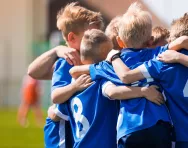
Physical education's profile has recently been raised in the fight against obesity. Sue Tibballs, chief executive of the Women’s Sport and Fitness Foundation (WSFF), believes it plays as important a role as food.
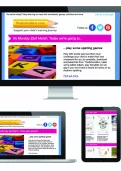
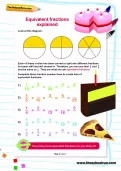
Start a unique learning programme!
- Weekly programme for each school year
- Worksheets sent direct to your inbox
- Keeps your child's learning on track
“There has been a lot of focus on diet in the fight against childhood obesity, but that is quite a passive way to deal with it,” she says. “It is also about being physically healthy and looking after your body in a way that will enable you to get the most out of it.”
Encouraging children to enjoy physical education
For some children, PE is the main source of daily physical activity. Although many take full advantage of lessons, schools still face the challenge of engaging young people with a variety of needs and interests.
There needs to be equal encouragement for boys and girls, and for those with physical challenges, but there is a concern that girls' participation in sport drops off from the age of fourteen. According to research by the WSFF nearly a quarter of women say that PE at school put them off sport and 40 percent of girls as young as seven don’t want to be seen to be ‘sporty’.
Sue says girls have the view that ‘thinness is more important than fitness’ and warns of a crisis in women’s fitness levels which is set to get much worse.
“Girls are growing up believing it is more important to be attractive than active,” Sue says. “Sport is still seen as unfeminine, and girls’ earliest experiences of sport are often off-putting.”
What parents can do
“It is amazing how many different types of sports have been introduced by schools because of parents,” says Sue, “Parents can play a valuable role in supporting schools’ sporting efforts.”
“Also, there are important issues around body image and parents need to be aware of that,” she adds. One way to mitigate against negative body image is to be active – it builds self esteem and body awareness, and creates a stronger sense of self.
Sport will improve general health, helping to stave off problems like heart disease and diabetes. So learning about the links between exercise and health at an early age will pay huge dividends later in life.
